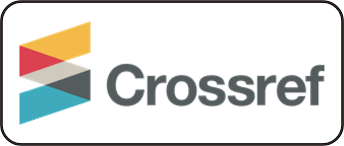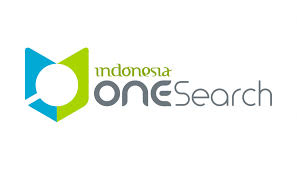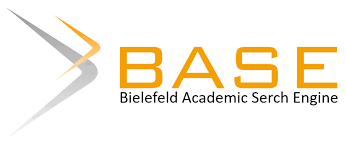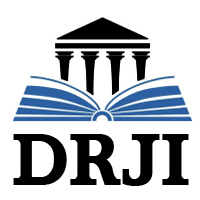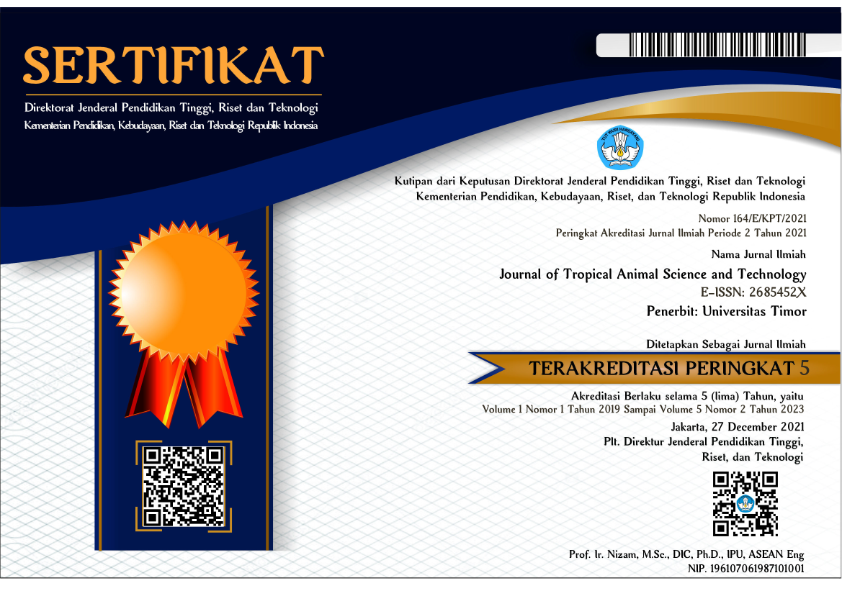FORAGE POTENTIAL IN THE AREA OF PALM OIL PLANTATION COMPANY, FARMER GROUPS AND SMALLHOLDER AS CATTLE FEED CROPS INWEST KOTAWARINGIN REGENCY CENTRAL BORNEO
DOI:
https://doi.org/10.32938/jtast.v1i1.298Keywords:
Palm oil, Forage production, Forage nutrient, Cattle feedAbstract
Business integration system is the palm oil industry combined with the cattle business or better known as system integration cow palm oil. This system utilizes waste palm plantation and waste by-product of palm oil mill as beef cattle feed. Forage in the palm oil plantations as: legume cover crops and weeds are several types of forage that can be used as cattle feed ingredients. The purpose of this study to determine the potential of forage in oil palm plantations in terms of forage production and nutrient content. Sampling conducted in Arut Selatan district Kotawaringin Barat regency. Forage samples taken in the oil palm plantations in 1 hectare and per hectare taken as much as 6 points using the tile size of 1 m x 1 m at random. Result indicate that forage production is more dominant plantation farmer group, were 3.882,4 kg/ha dry matter, forage production smallholders were 1.877,8 kg/ha and plantation company were: 1.337,9 kg/ha. Nutrient content of forage mainly crude protein highest in the plantation companies in the amount of 19,91% then 12,52% farmer group and smallholders at 5,33%, while crude fiber with the highest values found in smallholdings in the follow company then farmer groups with each of 39,92%, 33,92% and 31,22%. From this study it was concluded that, forages under of palm oil plantations in companies, farmer groups and smallholder plantations have good potential as forage feed for beef cattle with the best nutrient value in company plantations.



